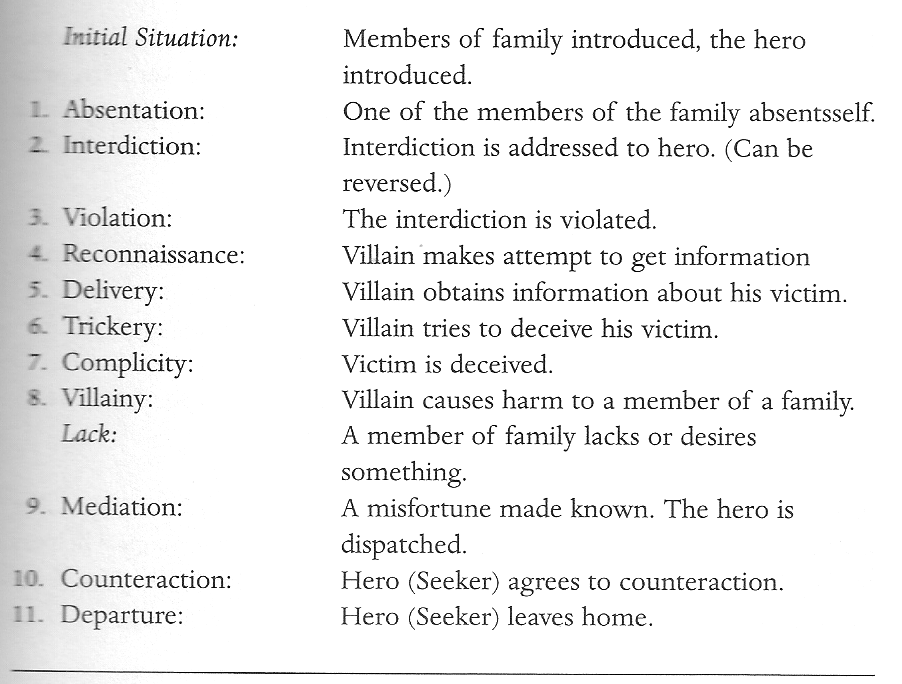MTD1Notes WEEK 5
What questions are good for research (looking ahead to final paper)
- Comparisons
- Quest for information
- Prove a point
- Something that requires factual information
Poetics (Todorov) = analysis/interpretation What does literary/media criticism attempt to do?
Look at text as vehicle for ideas
- Cultural messages: social, economic, political aspects of media
- Media impact (audience analysis)
- Nature of media (popular art form)
- Role of the artist/creator
- text as a thing in itself – formal elements
People from various disciplines use media (and media study) for their own purposes; eg, a sociologist might study violence in the media
Why is this true for media and not so much for visual arts? (that it is used to study other aspects of culture);
All criticism is based on some theory:
- Marxist
- Feminist
- Psychoanalytic
- Queer
“Every work is rewritten by its reader” for eg., women identify with male protagonists
our role – recognizing our subjectivity, how our reading is biased according to our beliefs and preconceptions, according to the culture in which we were raised
Propp
How narratives are organized – modular
According to functions of characters = action

Film Screening: Run Lola Run
1. Is it important for the viewer to know what the "true" plot (story) of a movie is, or is the ambiguity of a film like "Run Lola Run" more effective in conveying a message? What is gained by replaying the story 3 times?
2. In the movie "Run Lola Run" are the multiple views of the plot driven by a fatalistic concept of life or more by chance? Does the message of the movie change in each situation? Is it even important to know?
3. What was the purpose of each of the stylistic variations in how the story was told? For eg., the animation as she runs down the stairs, using the television to tell part of the story, the scenes in bed with a red cast in between each version, the split screen with Manni on the left, Lola on the right, etc.
4. Why is there a contrast between the treatment of the main characters’ lives and that of the supporting casts' (played out in snapshots)? How does this fact question our views towards ourselves versus our views towards others?
5. What relationship is this film trying to establish between inevitability and chance? What is their balance in the world of this film? Consider these symbols: the domino chain-reaction on TV at the beginning, Lola's mother the astrologer, the blind woman outside the phone booth, and the car crashes between Meyer and Ronni?
6. Is this film’s method of storytelling mainly diegetic (telling) or mimetic (showing). Give an eg. of each method.
7. What transformation does the main character undergo?
8. Describe the initial situation.
9. What was the reversal(s)/complication(s) in each of the 3 middle/endings.
10. Was there a resolution and how did it relate back to the initial situation.
11. In the set up scene, the policeman introduces the story/film as a game (metaphor)– throws the ball up and lays out the time limitation of 90 min. In what ways is the film like a game?
Links
Narrative in stills: La Jette, Chris Marker, 1962, inspiration for "12 Monkeys" part 1 [1], part 2 [2]
